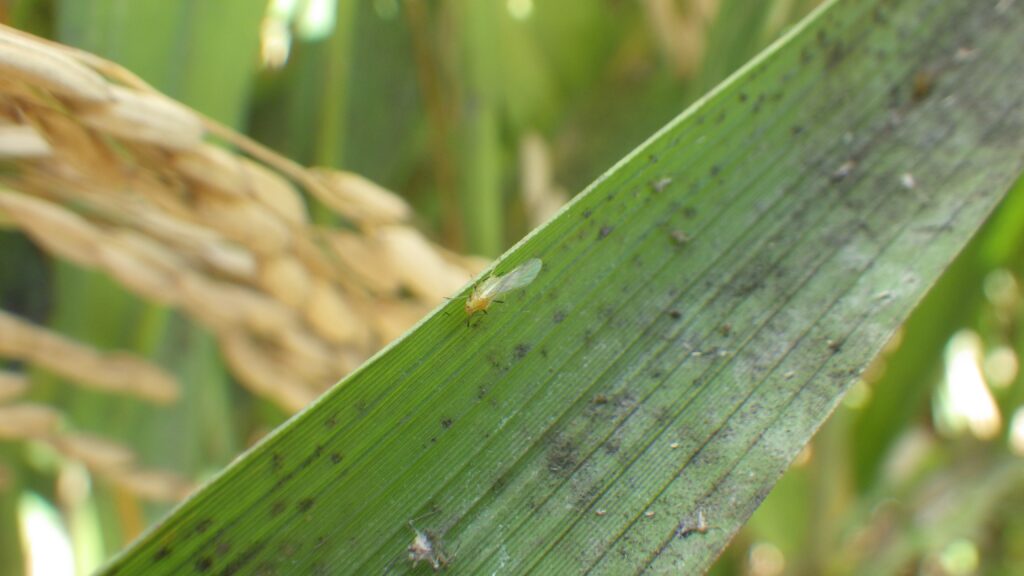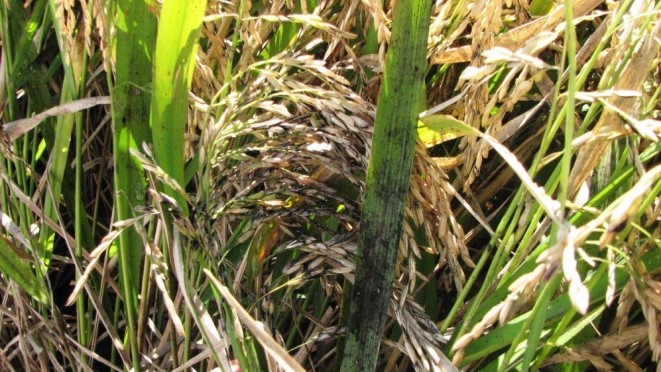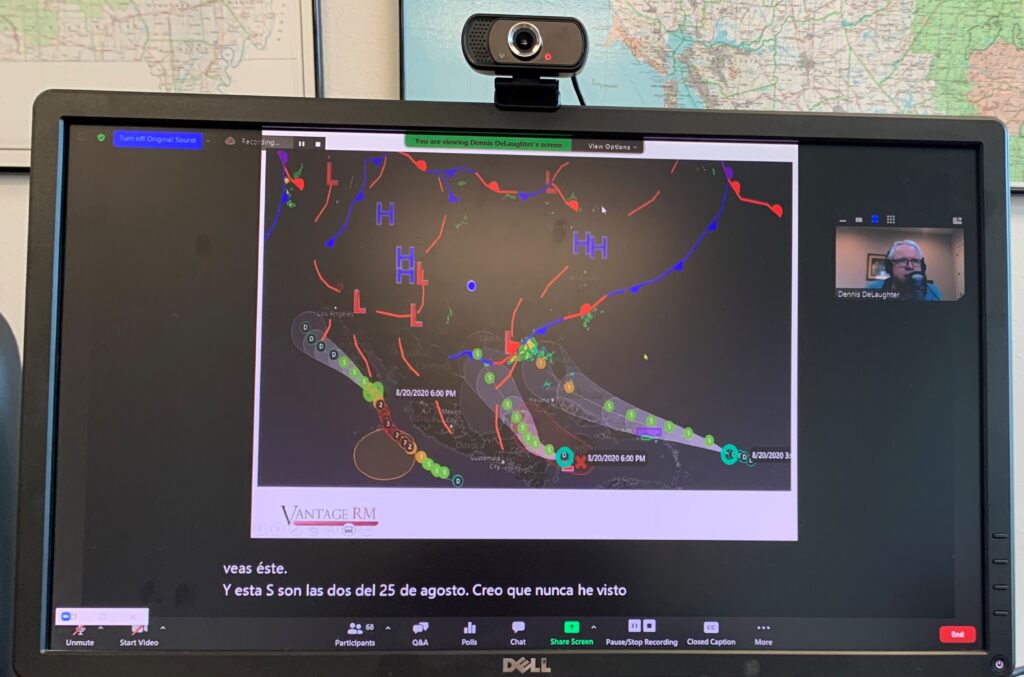 By Milo Hamilton
By Milo Hamilton
Senior Economist, Firstgrain, Inc.
All is not well in the world rice market. Pakistan is dealing with heavy rains and quality problems with existing stocks. Hurricane Laura this Wednesday night made landfall near Lake Charles with a lower storm surge than forecasted but will molest rice in the field with wind and rain from Louisiana to North Arkansas this week.
Beyond the weather, domestic rice demand is up in the US and Brazil over a year ago. In Asia, both India and China claim significant increases in rice production in 2020 despite the Pandemic and despite less than ideal weather. However, the main rice crop there has not yet been harvested or stored. Rainfall in India is 7% greater than the average. In Its neighbor, Bangladesh, the rain has been horrific. India is not out of the woods either from the COVID19 pandemic. The Economist reports that upwards of 25% of New Delhi is infected with the virus. Container shipment costs are up more than 15% this year.
China is suffering from the worst flooding since perhaps 1961. In that year, its society was living through the Great Leap Forward, which was not so forward and not so great. Statistics in that period are perhaps not so reliable.
As for China’s rice production, it denies the floods have kept its farmers from expanding rice production within its borders. Yet, the Yangtze just made its way through its fifth flood now since June; the Yellow River basin is forecasted to endure more rain. The Yangtze is more like the Colorado River in the US, flowing through canyons, and the Yellow River is more like the Mississippi River and its vast and fertile river plain. Our weather consultants believe that into September rains will pick up and may interfere with harvest. They forecasted drought in South America in September in countries that export rice.
We would watch the Indian rice price as a lead indicator for Asia and the Vietnamese rice price as one indicator of overland demand from China, it there is any.
In the Americas there is ongoing drought in some regions in the Southern Hemisphere. There are rumors that Brazil wants to import rice from the US up to 200,000 MT of paddy. In 2009/2010 Brazil bought 35,000 MT from the US. We go into the end of this marketing year in Mercosur with very tight rice stocks. Stocks are so tight in the US that rice has been transshipped from the Gulf Coast up to Arkansas for milling, very unusual.
In Brazil, we had presumed that if prices skyrocket in South America, then rice acres would go up. What happens in 2021, if rice acres in Mercosur do not increase or even decrease? Rice farmers there may plant crops like milo instead of rice because it takes less water. Unlike the US, Mercosur relies a great deal on surface water availability.
We face a very active hurricane season along the Gulf Coast. When it rains, it pours in the world of rice. You want a stable climate? Our advice to you: Do not grow or trade rice. Or get a good meteorologist or two. All we know is there are many unknowns ahead of us with no precedent in recent times.
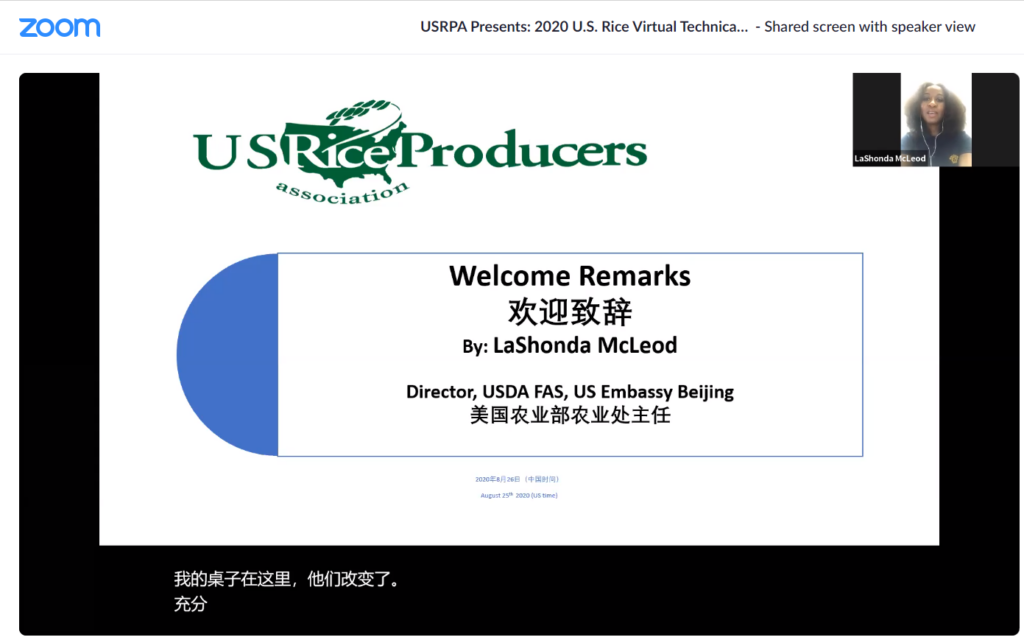
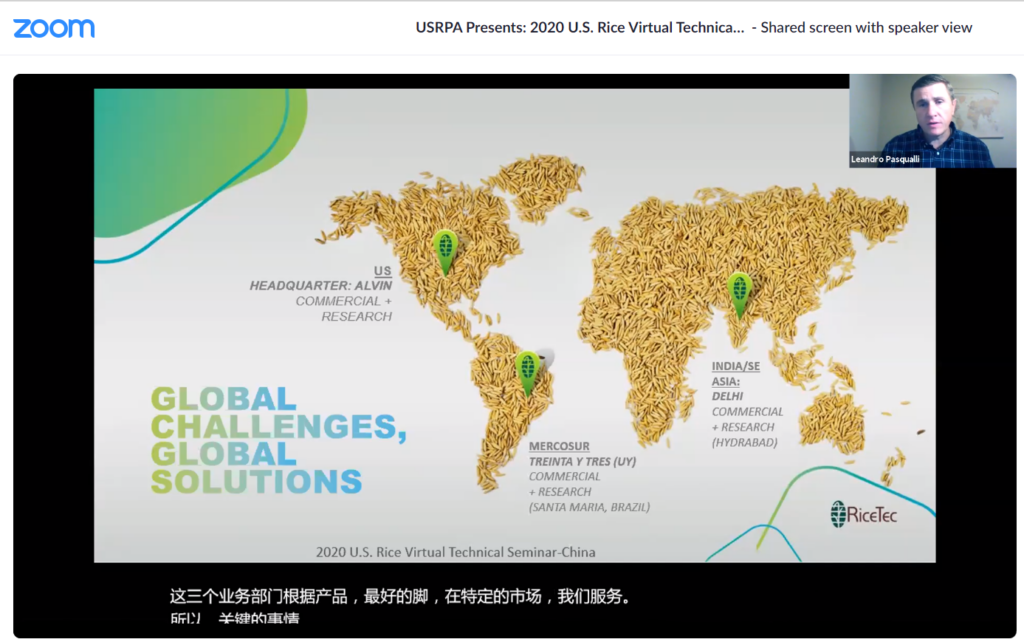

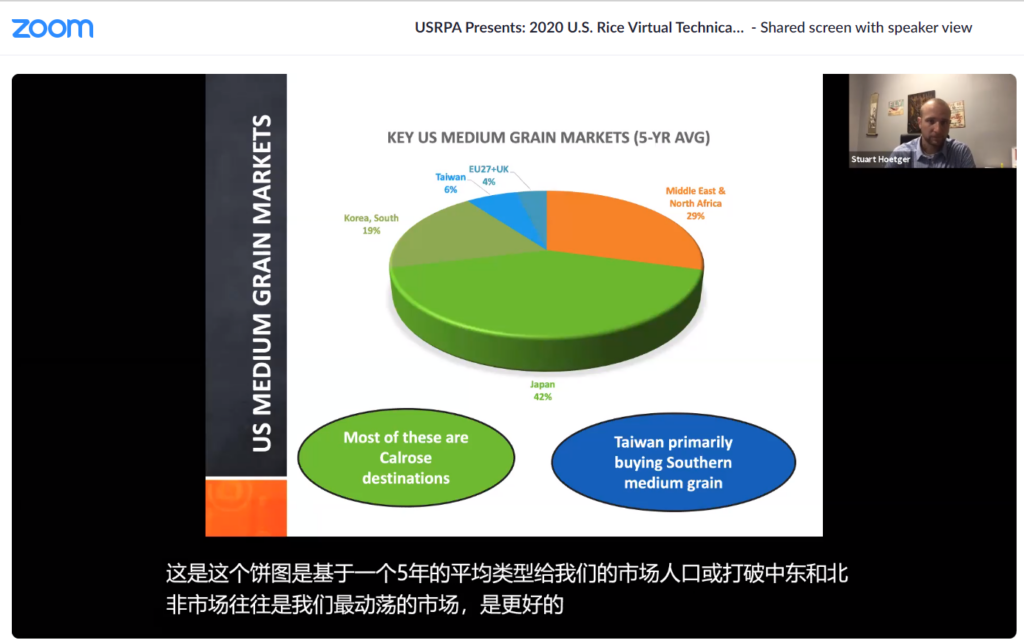
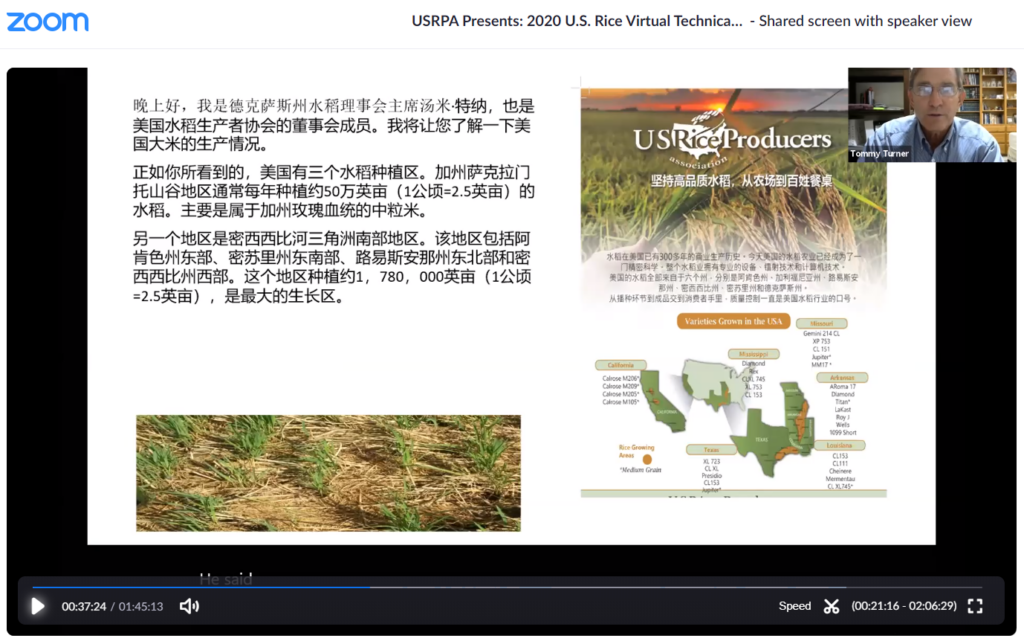
 By Milo Hamilton
By Milo Hamilton
